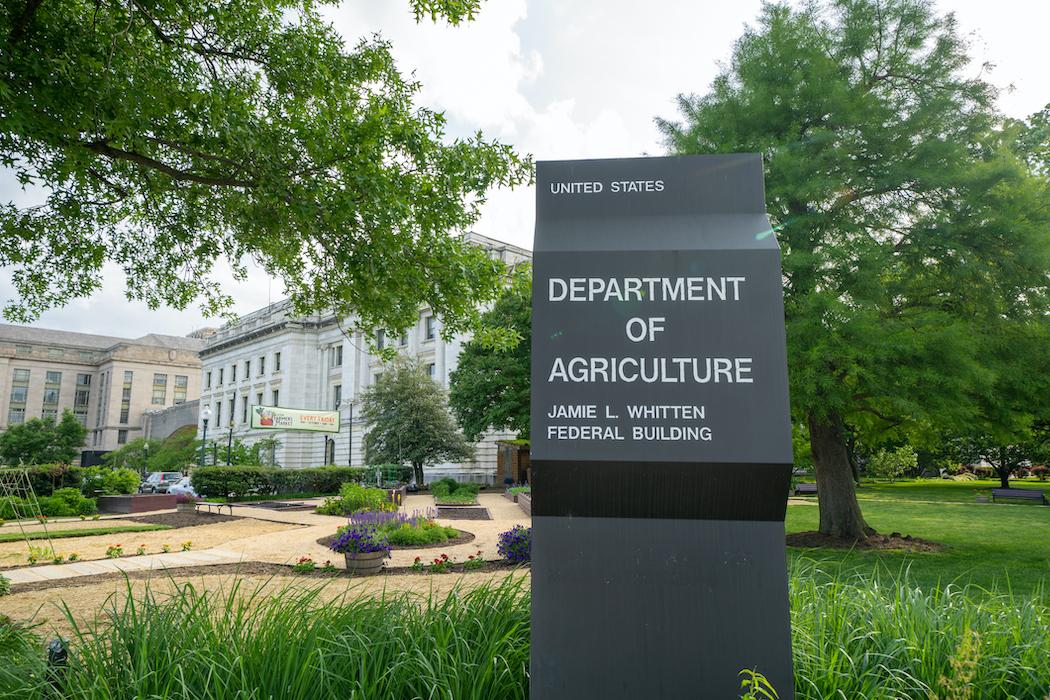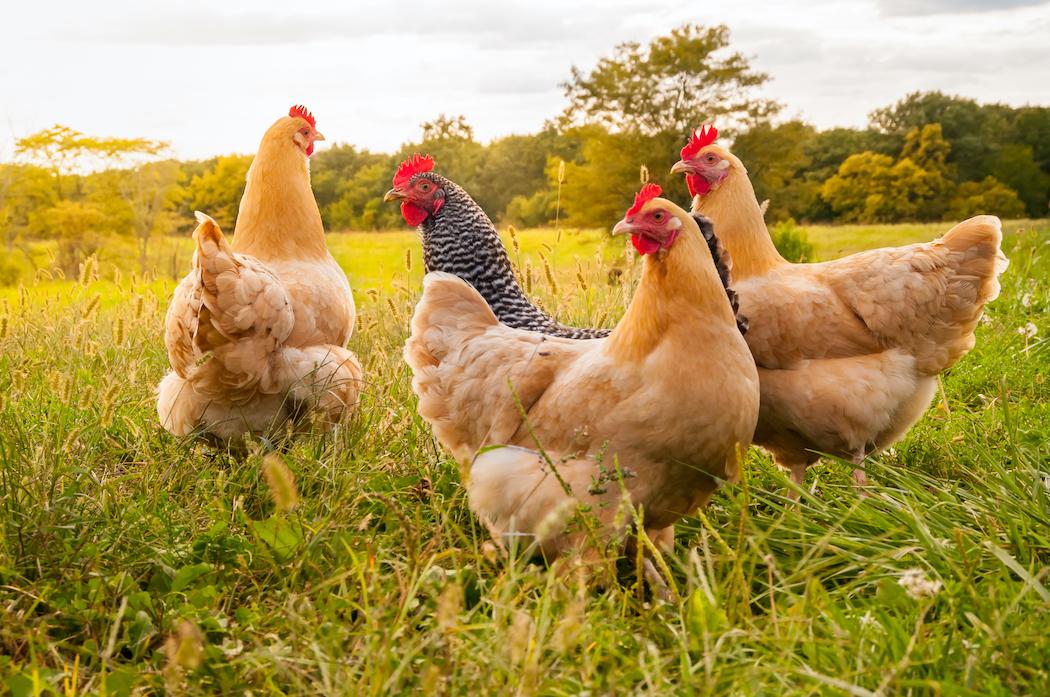The High Stakes of the Farm Bill 2023: Will Climate-Friendly Policies Take Center Stage?
Published April 14 2023, 9:51 a.m. ET

Debates are heating up as Republicans and Democrats craft a crucial piece of legislation: the Farm Bill, which is set to expire this fall. This monster 2023 Farm Bill impacts nearly every aspect of U.S. agriculture, and is expected to be the first of its kind to exceed more than $1 trillion (over the course of the 10-year congressional budgeting measurements).
The stakes are high. The Farm Bill authorizes funding for essential programs like food assistance, as well as conservation, infrastructure, forestry, energy, and research, but it needs bipartisan support to pass. The bill also reignites the argument for providing more resources for small farms — which account for 89 percent of farms in the nation, as per the USDA.

Environmental organizations see the Farm Bill 2023 as a critical opportunity to focus on a climate-friendly food system and shift the focus away from big agriculture to sustainable farming methods. To understand how this can be done, it's important to consider the many parts to the Farm Bill and the process involved. So, what is the Farm Bill 2023, and what are some key environmental issues that it can help address?
What is the Farm Bill?
Voted on about every five to seven years, the Agriculture Improvement Act, also known as the Farm Bill, is legislation that serves as the driving force behind federal policies surrounding food production. The first Farm Bill (called the Agricultural Adjustment Act) was introduced in 1933 as part of the New Deal to help create a fair exchange value for crops, as per the Library of Congress. It quickly expanded to address issues like soil erosion and provide support for farmers through the Federal Crop Insurance Program.
Today, there have been 18 farm bills passed that have shaped agriculture policies, land management, food assistance, and other related programs. Most recently, the 2018 Farm Bill included 12 different topics, known as titles: commodities; conservation; trade; nutrition; credit; rural development; research, extension and related matters; forestry; energy; horticulture; crop insurance; and miscellaneous.

When is the next Farm Bill?
The last Farm Bill was in 2018, when $428.3 billion was passed over a five year period (or $867.2 billion when measured against the 10-year budgeting rules). It’s set to expire on Sept. 30, 2023, and the process to draft the new Farm Bill legislation is already well underway. It began in 2022 when the U.S. House and Senate Agriculture Committees began holding public hearings across the country to receive suggestions about possible programs.
The committees are in the process of drafting several different versions of the bill that are debated and voted upon. The two winning versions are then combined into a single unified bill, and voted on a final time before going to the White House for President Biden’s signature. From there, the USDA begins the process of implementing the Farm Bill.
Committees are debating several hot-button issues, one of which is — not surprisingly — the cost. This year’s bill is projected to cost a staggering $1.4 trillion over 10 years, with an estimated 85 percent going toward food assistance programs known as the Supplemental Nutrition Assistance Program (SNAP). Committees are also divided on the direction of the conservation title and what it means, and where and when climate funds will be allocated, according to The Hill.

What do environmental groups say about the Farm Bill?
Although past farm bills have included support for organic farming, regenerative agriculture, and food waste reduction, they also funded large-scale, industrial agriculture. This includes using harmful chemical fertilizers and pesticides, genetically modified crops, mistreatment of animals, pollution, land depletion, and other harmful environmental practices.
Environmental organizations want a shift away from these policies, and are offering many different ideas to lawmakers on how to do that within the Farm Bill 2023, according to Farm Sanctuary. While many of these opportunities fall under the existing USDA programs, some may require some outside-the-box thinking or even creating a new title to the existing 12 options.
The National Resources Defense Council (NRDC) highlights a number of areas to focus on for the 2023 Farm Bill to make it more climate-friendly including food waste, organic farming, and regenerative agriculture — to name a few.
Organic farming sequesters significant amounts of carbon, and increases overall crop resilience. It also lowers our reliance on fertilizers and pesticides, and keeps harmful chemicals out of waterways. However, the process of becoming a USDA-certified organic grower is challenging and costly, which can present a barrier for small farmers. To combat this, the NRDC is calling for Congress to revamp the National Organic Certification Cost-Share Program as part of the Farm Bill.

It’s estimated that food waste alone accounts for 4 percent of greenhouse gas emissions each year, and while the 2018 Farm Bill took a massive step forward in addressing food waste, more can be done. In addition to consumer education and better food labeling practices, the NRDC is proposing an increase in grant funding for composting programs so there’s a broader system in place for recycling organic waste. This has the potential to divert an estimated 20.9 million tons of food scraps from landfills each year.
Helping farmers transition to regenerative agriculture is another key focus area, which includes utilizing compost, crop and livestock rotations, and encouraging the use of cover crops to sequester soil by providing incentives like crop insurance subsidies. The 2018 Farm Bill introduced a groundbreaking new trial program to encourage farmers to promote soil health, and there are opportunities to make this program permanent in the 2023 Farm Bill.
How to learn more about the Farm Bill and its impact on environmental issues:
These aforementioned issues of regenerative agriculture, organic farming, and food waste are just three examples of areas that the environmental organizations are calling attention to in the 2023 Farm Bill. Improvements in the water infrastructure, agroforestry, rural jobs and sustainable economic development, animal welfare, the Conservation Stewardship Program (CSP), and greenhouse gas reporting are also being spotlighted — among many others.
The Farm Bill will shape the direction of agriculture for the next five or so years, and it comes when we are at a pivotal time in the climate crisis. You can learn more about the 2018 Farm Bill that’s currently in place on the USDA’s website, or for more information about the Farm Bill 2023 hearings, visit the U.S. Committee on Agriculture, Nutrition, and Forestry.